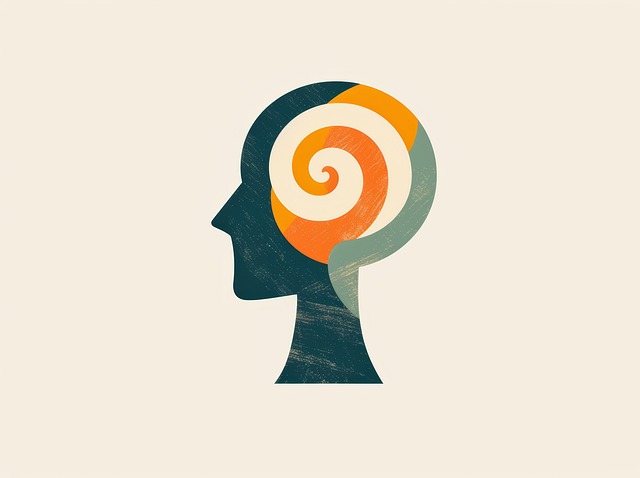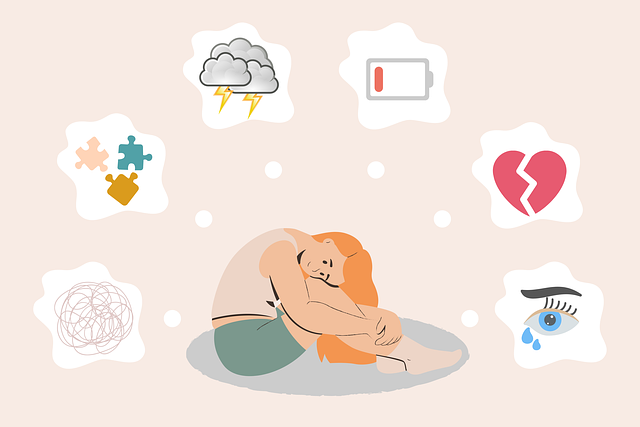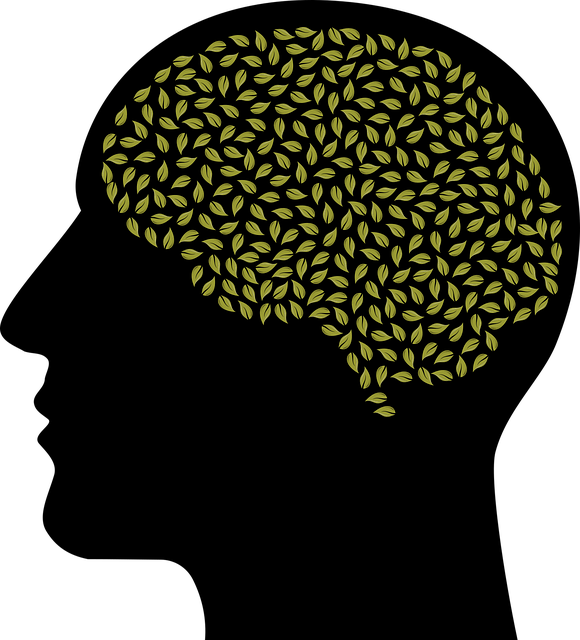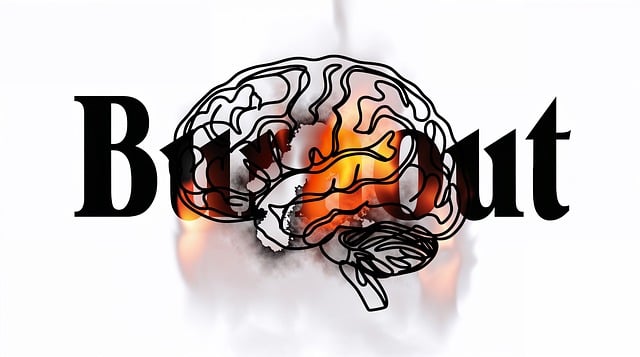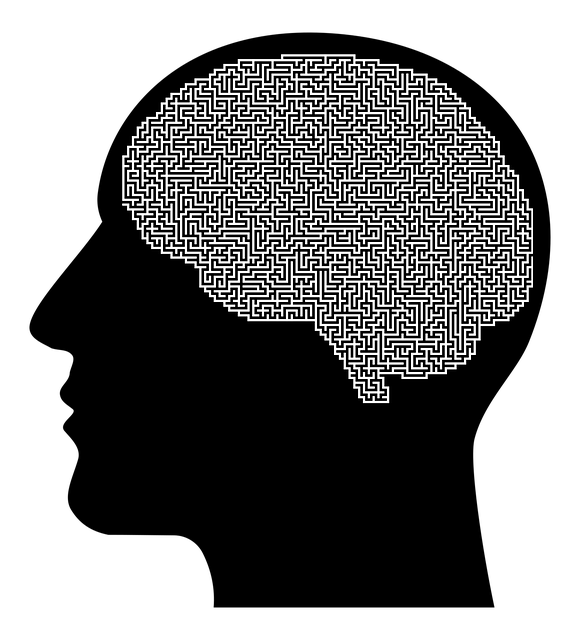Centennial Anxiety Therapy tackles unique mental health challenges faced by younger generations due to rapid cultural shifts and global uncertainties. It combines mindfulness exercises, cognitive restructuring, and practical coping strategies to build emotional regulation and resilience. The structured RFM (Resilience, Flexibility, and Mastery) approach, including Resilience Building Exercises, tailors goals and plans for consistent practice leading to long-term mental health improvements, focusing on the present moment to prevent reactive behaviors and enhance overall well-being.
“In today’s fast-paced world, understanding and managing anxiety is more critical than ever. This article delves into the innovative approach of Centennial Anxiety Therapy and its powerful tool, RFM (Resilience, Flexibility, and Mastery). We explore how this therapeutic framework equips individuals with effective resilience-building exercises, fostering mental well-being.
By following a step-by-step guide, readers will discover practical strategies to implement RFM in their lives, offering a comprehensive path towards long-term resilience and emotional balance.”
- Understanding Centennial Anxiety Therapy: Unraveling the Concept
- Implementing RFM and Resilience Building Exercises: A Step-by-Step Guide
- The Impact of RFM on Long-Term Mental Well-being and Resilience
Understanding Centennial Anxiety Therapy: Unraveling the Concept

Centennial Anxiety Therapy is a modern therapeutic approach that addresses the unique challenges faced by individuals growing up in an era marked by rapid cultural shifts and global uncertainties. This therapy recognizes the profound impact of societal changes, such as technological advancements and shifting social norms, on mental well-being, especially among younger generations. By unraveling the concept of “centennial anxiety,” therapists aim to help clients navigate their fears and concerns related to these transformative times.
The essence of Centennial Anxiety Therapy lies in fostering emotional regulation and building resilience within individuals. It encourages self-awareness and understanding of one’s anxiety triggers, which are often influenced by cultural sensitivity in mental healthcare practice. This therapeutic process involves exploring the intricate relationship between personal experiences, societal expectations, and the development of anxiety disorders. Through various exercises focused on mindfulness, cognitive restructuring, and practical coping strategies, clients learn to manage their emotions effectively, ensuring they can thrive despite the constant changes around them.
Implementing RFM and Resilience Building Exercises: A Step-by-Step Guide

Implementing RFM (Resilience, Flexibility, and Mastery) and Resilience Building Exercises involves a structured approach to enhance mental well-being and cope with life’s challenges, particularly in addressing Centennial Anxiety Therapy concerns. Here’s a step-by-step guide:
1. Assess Needs: Begin by understanding the individual’s current resilience level and specific triggers for anxiety. This initial assessment helps tailor exercises to address unique needs, ensuring that depression prevention strategies are inclusive and effective.
2. Set Realistic Goals: Define achievable goals for resilience building. These goals could range from improving social skills training through interaction exercises to fostering a sense of mastery over anxious thoughts. Keep in mind that progress is gradual, especially when navigating the complex landscape of mental illness stigma reduction efforts.
3. Develop a Customized Plan: Create an exercise regimen tailored to the individual’s preferences and challenges. This may include breathing techniques for managing anxiety, cognitive reframing to challenge negative thought patterns, or physical activities to boost mood and resilience. Social skills training can be incorporated through role-playing scenarios, group discussions, or community engagement activities.
4. Implement and Monitor: Introduce exercises gradually, providing clear instructions and support. Regularly monitor progress, adjusting the plan as needed. Celebrate small victories to maintain motivation while recognizing that setbacks are part of the process.
5. Encourage Consistent Practice: Promote adherence by emphasizing the long-term benefits of building resilience. Regular practice ensures that learned skills become automatic, enhancing coping mechanisms over time.
The Impact of RFM on Long-Term Mental Well-being and Resilience

The Regularly-Focused Mind (RFM) approach has gained significant attention in recent years as a powerful tool for enhancing mental well-being and fostering resilience, especially among individuals facing chronic stress or suffering from conditions like Centennial Anxiety Therapy. By concentrating on the present moment and cultivating mindfulness, RFM offers a practical framework to navigate life’s challenges more effectively. This practice encourages individuals to develop a deeper sense of awareness, enabling them to respond rather than react to stressful situations, thereby reducing anxiety and promoting better emotional regulation.
The long-term benefits of RFM extend beyond immediate stress reduction; it serves as an invaluable component in depression prevention and burnout prevention strategies for healthcare providers. Regular mindfulness practice has been linked to increased resilience, allowing individuals to bounce back from setbacks and maintain a positive outlook. Furthermore, compassion cultivation practices, often integrated into RFM techniques, can enhance social connections and foster a sense of belonging, contributing to overall mental fortitude and well-being.
Centennial Anxiety Therapy, with its focus on addressing deep-rooted fears and building resilience, offers a powerful approach to enhancing long-term mental well-being. By implementing RFM (Resistance, Facing, and Mastery) exercises alongside resilience-building activities, individuals can effectively navigate life’s challenges. This comprehensive strategy equips folks with the tools to confront anxiety triggers, fostering growth and adaptability. The impact extends beyond immediate relief; it empowers people to lead more fulfilling lives, resilient against the uncertainties of today’s rapidly changing world.


